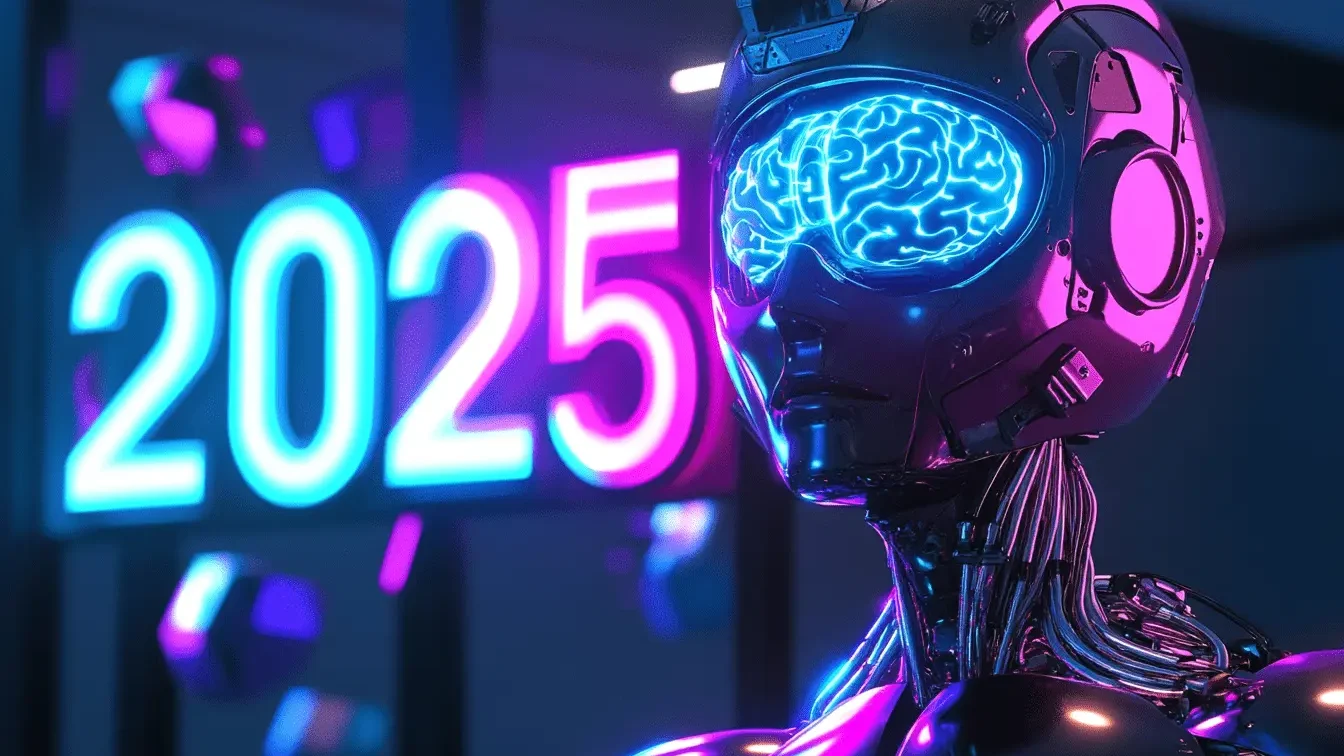The buzz around Generative AI has been deafening. From crafting compelling marketing copy to generating photorealistic images of cats playing the piano, the technology has captured our imaginations and sparked countless discussions about the future of creativity and work. But as we move into 2025, it’s time to look beyond the initial hype and explore the tangible, real-world applications that are truly making a difference.
Generative AI, at its core, is about creating something new from existing data. These sophisticated models learn patterns and structures, enabling them to generate text, images, audio, video, and even code. While the entertainment value of AI-generated art is undeniable, the true power of this technology lies in its ability to solve complex problems, automate tedious tasks, and unlock new levels of innovation across various industries.
So, where are we seeing Generative AI move beyond the hype and deliver concrete value in 2025? Let’s delve into some compelling real-world use cases:
1. Revolutionizing Content Creation and Marketing:
Gone are the days of solely relying on human teams for every piece of content. In 2025, Generative AI is a crucial partner for content creators and marketers.
- Personalized Marketing Campaigns: AI algorithms analyze customer data to generate highly targeted and personalized email campaigns, social media posts, and even ad copy, leading to higher engagement and conversion rates. Imagine receiving an email tailored to your specific interests and past purchases, crafted by an AI that understands your preferences.
- Automated Content Generation: For routine content like product descriptions, social media updates, and basic news articles, Generative AI tools are significantly reducing the workload of human writers, freeing them up for more strategic and creative tasks. E-commerce platforms now routinely use AI to generate consistent and informative descriptions for thousands of products.
- Enhanced Visual Content: While human artists still lead the way in groundbreaking creative work, Generative AI tools assist in creating variations of images, generating background elements, and even prototyping visual concepts rapidly. This is particularly useful in advertising and design workflows.
2. Transforming Software Development:
The software development lifecycle is being significantly impacted by Generative AI.
- Code Generation and Completion: AI-powered tools can now assist developers by suggesting code completions, generating boilerplate code, and even creating entire functions based on natural language descriptions. This accelerates the development process and reduces the potential for human error. Think of a developer describing a specific function in plain English and the AI generating the corresponding code in their preferred programming language.
- Automated Testing and Debugging: Generative AI can create test cases and even identify potential bugs in code, leading to more robust and reliable software. This automation saves significant time and resources in the quality assurance process.
- Low-Code/No-Code Platforms: Generative AI is powering the next generation of low-code and no-code platforms, enabling individuals with limited or no coding knowledge to build applications and automate workflows. This democratizes software development and empowers citizen developers.
3. Advancing Healthcare and Drug Discovery:
The potential of Generative AI in healthcare is immense.
- Drug Discovery and Development: AI algorithms can analyze vast datasets of biological and chemical information to identify potential drug 1 candidates and predict their 2 efficacy and safety, significantly accelerating the drug discovery process. This can lead to faster development of life-saving treatments.
- Personalized Medicine: Generative AI can analyze individual patient data, including their genetic makeup and medical history, to create personalized treatment plans and predict their response to different therapies.
- Medical Imaging Analysis: AI-powered tools can assist radiologists in analyzing medical images, such as X-rays and MRIs, to detect anomalies and improve diagnostic accuracy.
4. Optimizing Industrial Processes and Manufacturing:
Generative AI is finding its way into the industrial sector to improve efficiency and reduce costs.
- Predictive Maintenance: AI algorithms analyze sensor data from machinery to predict potential failures before they occur, allowing for proactive maintenance and minimizing downtime. Imagine a factory where AI constantly monitors the health of equipment and schedules maintenance precisely when needed, preventing costly breakdowns.
- Design Optimization: Generative design tools use AI to explore a wide range of design possibilities based on specific constraints and objectives, leading to lighter, stronger, and more efficient products. Engineers can input design parameters, and the AI generates numerous optimized design options.
- Supply Chain Optimization: AI can analyze complex supply chain data to predict demand fluctuations, optimize inventory levels, and improve logistics, leading to more resilient and efficient supply chains.
Beyond these key areas, Generative AI is also making strides in:
- Financial Services: Fraud detection, risk assessment, and personalized financial advice.
- Education: Creating personalized learning experiences and generating educational content.
- Customer Service: Powering more sophisticated and human-like chatbots and virtual assistants.
The Journey Ahead:
While the progress in Generative AI in 2025 is undeniable, it’s important to acknowledge that the journey is ongoing. Challenges related to data bias, ethical considerations, and the need for robust regulatory frameworks still need to be addressed. However, the real-world use cases emerging across various industries demonstrate the transformative power of this technology.
Moving beyond the initial hype, Generative AI is solidifying its position as a valuable tool, augmenting human capabilities and driving innovation. As the technology continues to evolve, we can expect even more groundbreaking applications to emerge, shaping the way we live and work in profound ways. The future is not just about generating fancy images; it’s about leveraging the power of AI to solve real-world problems and create a more efficient, innovative, and personalized future.


